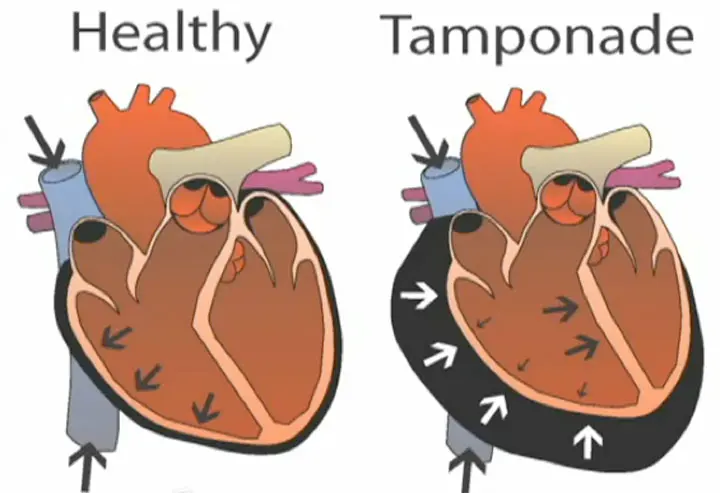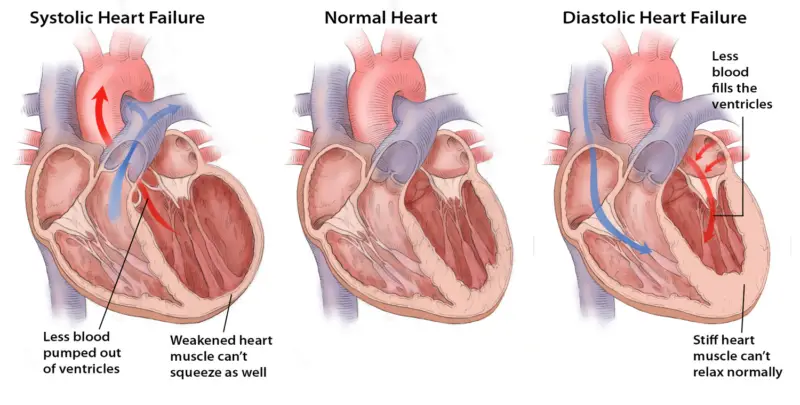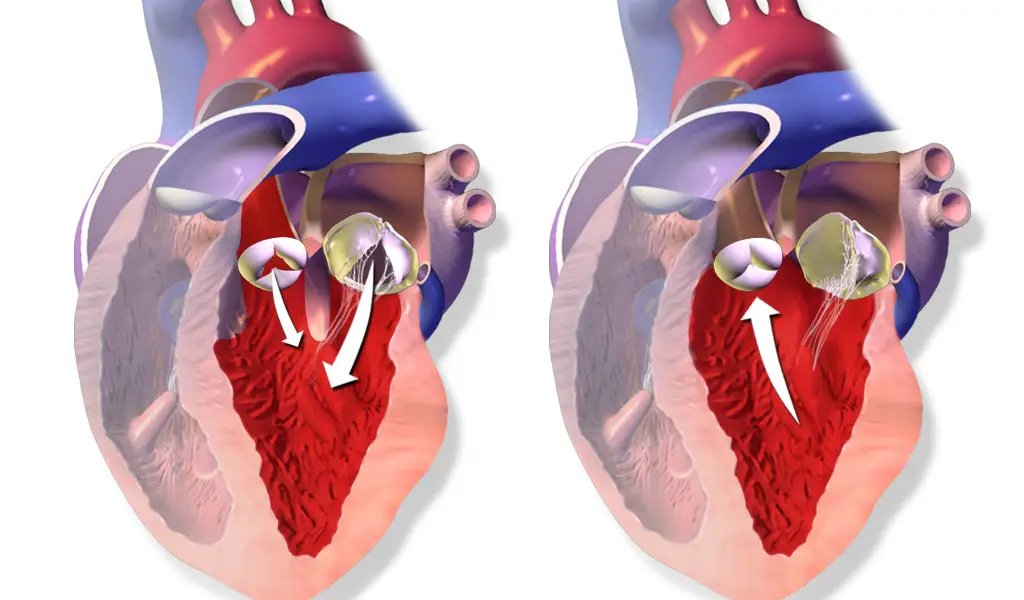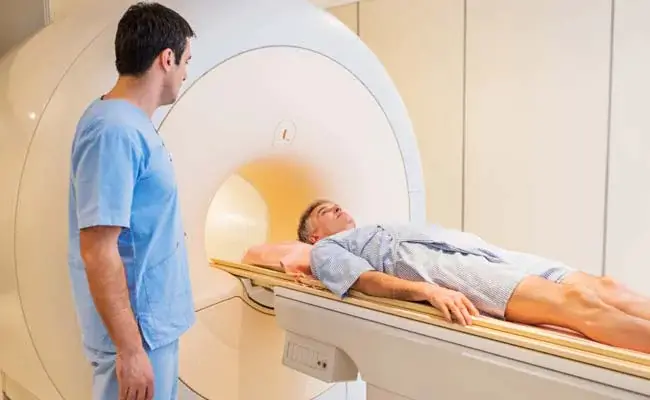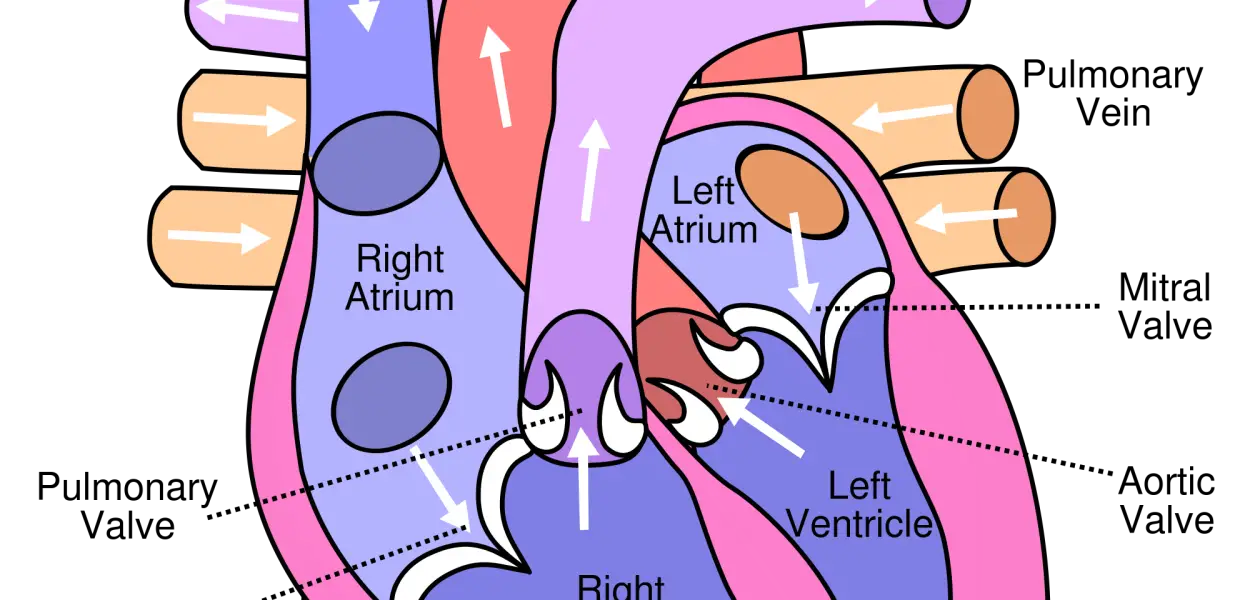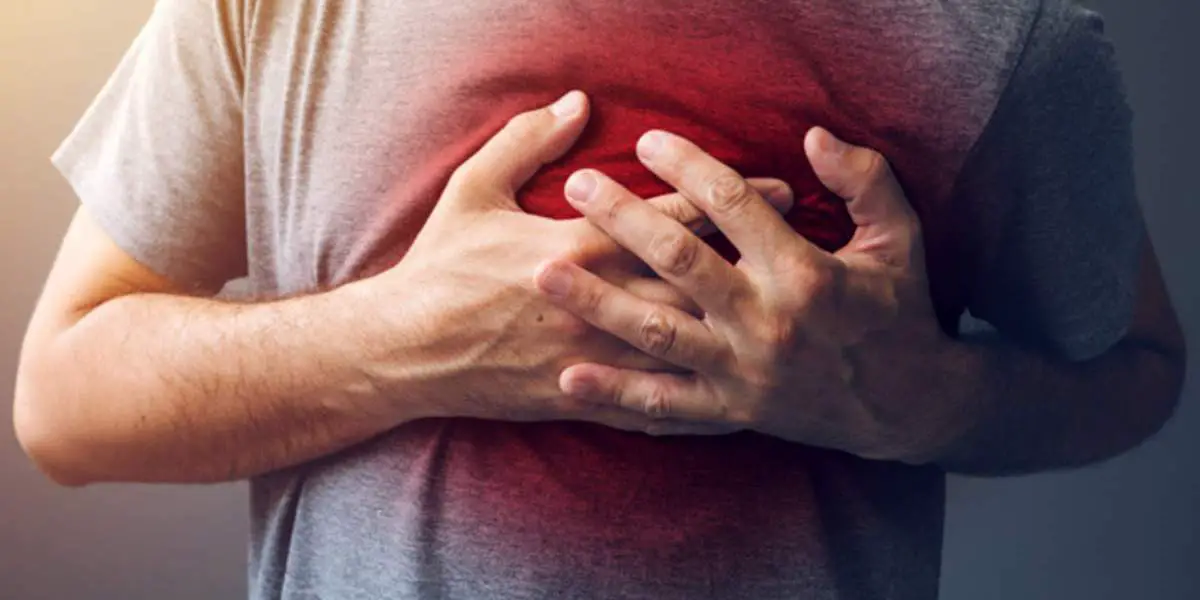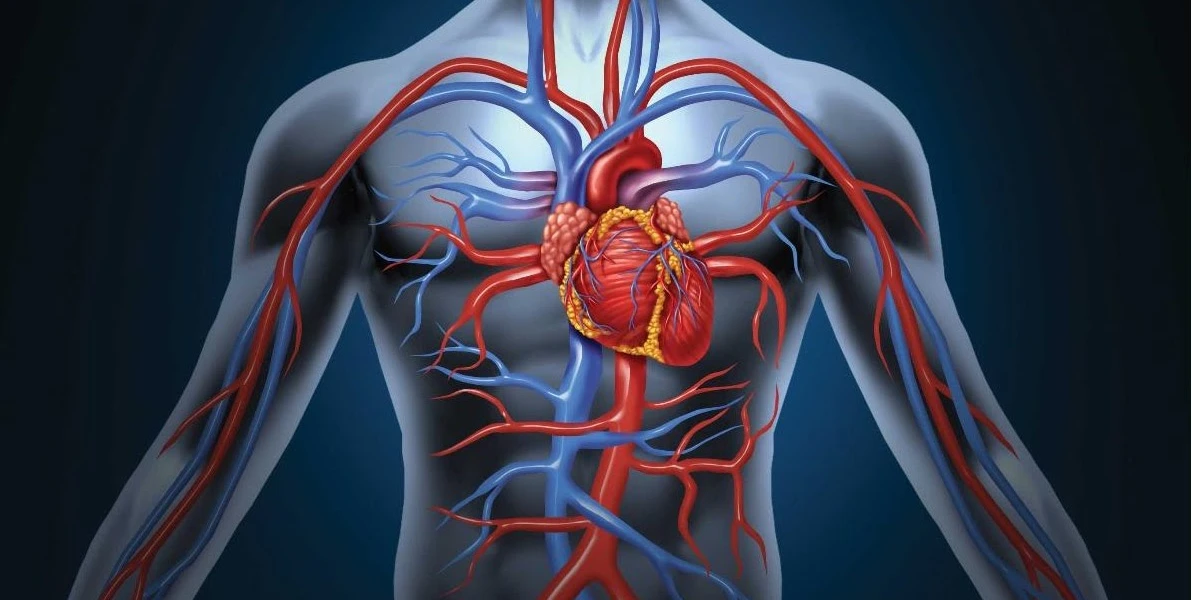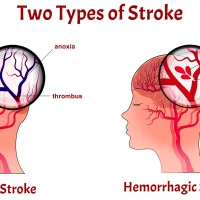Pericarditis vs Cardiac Tamponade: Symptoms, Diagnosis, Treatment, and Prognosis
Hey there, my friends! In this lesson, we explore pericarditis and cardiac tamponade which are two distinct cardiac conditions that can affect the pericardium, the sac-like structure surrounding the heart. While both conditions involve inflammation or fluid accumulation around the heart, they differ in their etiology, symptoms, diagnosis, treatment, and prognosis.

